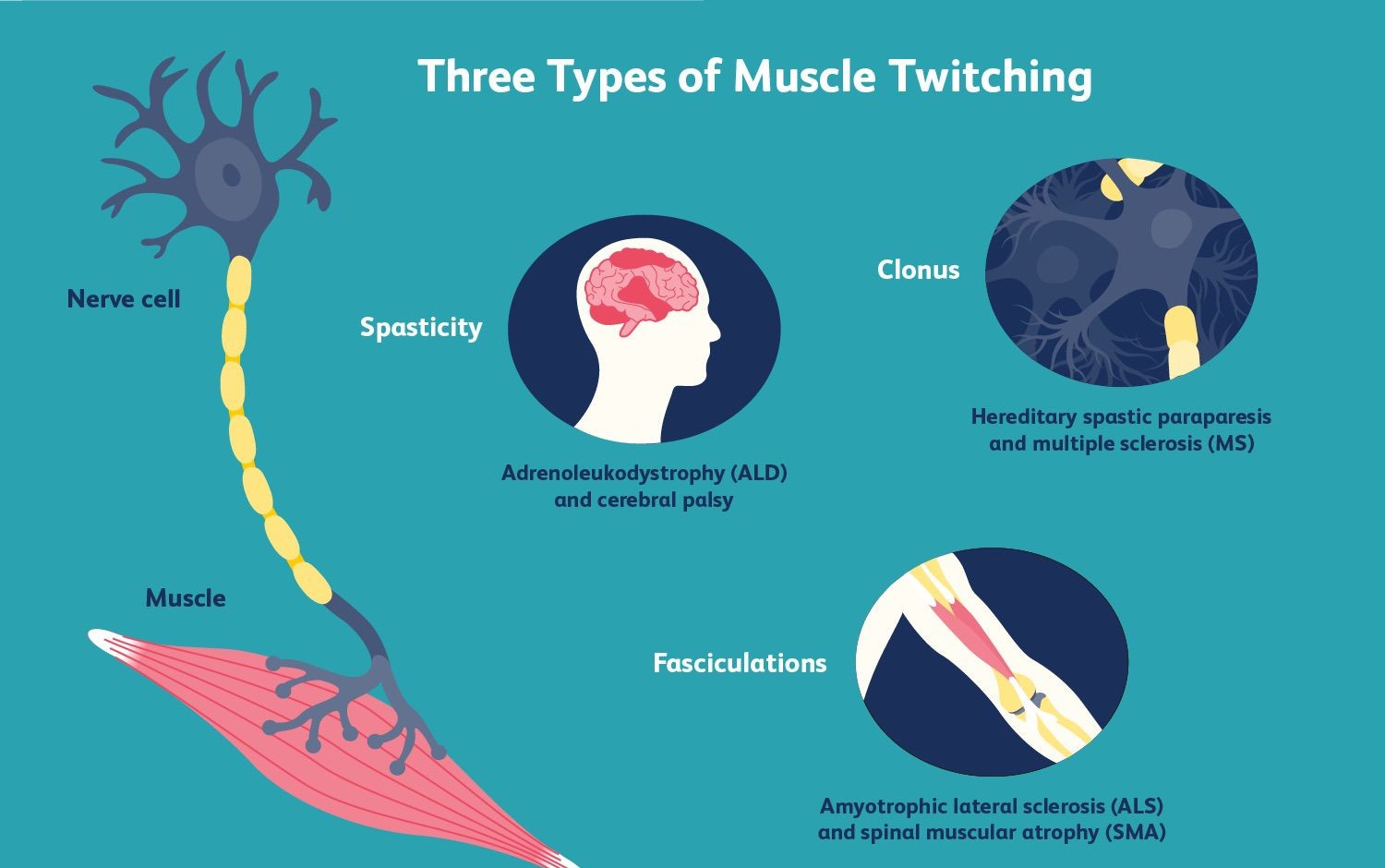A nurse is collecting data on a patient who is experiencing oxygen toxicity.
What symptoms should the nurse anticipate?
Muscle twitching
Redness of the face
Swelling around the eyes
A metallic taste in the mouth
The Correct Answer is A
Choice A rationale:
Muscle twitching is a symptom of oxygen toxicity. Oxygen toxicity is a condition resulting from the harmful effects of breathing molecular oxygen (O2) at increased partial pressures. Severe cases can result in cell damage and death, with effects most often seen in the central nervous system, lungs, and eyes. Central nervous system symptoms can include muscle twitching.

Choice B rationale:
Redness of the face is not typically associated with oxygen toxicity. Oxygen toxicity primarily affects the central nervous system, lungs, and eyes. It does not typically cause redness of the face.
Choice C rationale:
Swelling around the eyes is not a common symptom of oxygen toxicity. The primary effects of oxygen toxicity are seen in the central nervous system, lungs, and eyes. However, this does not typically manifest as swelling around the eyes.
Choice D rationale:
A metallic taste in the mouth is not a known symptom of oxygen toxicity. Oxygen toxicity is a condition that results from the harmful effects of breathing molecular oxygen (O2) at increased partial pressures. It primarily affects the central nervous system, lungs, and eyes, but a metallic taste in the mouth is not a recognized symptom.
Nursing Test Bank
Naxlex Comprehensive Predictor Exams
Related Questions
Correct Answer is A
Explanation
The correct answer is Choice A: Don sterile gloves before inserting the indwelling urinary catheter.
Choice A rationale:
Donning sterile gloves is crucial to prevent infection during the insertion of an indwelling urinary catheter. Maintaining aseptic technique is essential to avoid introducing pathogens into the urinary tract.
Choice B rationale:
Applying an oil-based lubricant to the catheter is not recommended as it can interfere with the sterility of the procedure and potentially cause irritation or infection.
Choice C rationale:
Testing the balloon before insertion is important, but it is not the first step in the process. The priority is to ensure that the nurse is using sterile gloves to maintain aseptic technique.
Choice D rationale:
Using one cotton swab to clean the patient’s urinary meatus is not sufficient for proper aseptic technique. The area should be cleaned thoroughly with appropriate antiseptic solutions and sterile supplies.
Correct Answer is A
Explanation
Choice A rationale:
Circulatory overload, also known as hypervolemia or fluid overload, is a condition where the body has too much fluid. This excess fluid, especially in the circulatory system, can lead to a rapid heartbeat. This is because the heart needs to work harder to pump the increased volume of blood, leading to an increased heart rate.
Choice B rationale:
Weight loss is not typically associated with circulatory overload. In fact, quick weight gain might be observed due to the excess fluid in the body.
Choice C rationale:
Low blood pressure is not a common symptom of circulatory overload. On the contrary, high blood pressure can occur because the excess fluid in the circulatory system puts more pressure on the blood vessel walls.
Choice D rationale:
Excessive sweating is not a direct symptom of circulatory overload. However, symptoms such as shortness of breath and swelling in certain areas of the body are more common.
Whether you are a student looking to ace your exams or a practicing nurse seeking to enhance your expertise , our nursing education contents will empower you with the confidence and competence to make a difference in the lives of patients and become a respected leader in the healthcare field.
Visit Naxlex, invest in your future and unlock endless possibilities with our unparalleled nursing education contents today
Report Wrong Answer on the Current Question
Do you disagree with the answer? If yes, what is your expected answer? Explain.
Kindly be descriptive with the issue you are facing.
